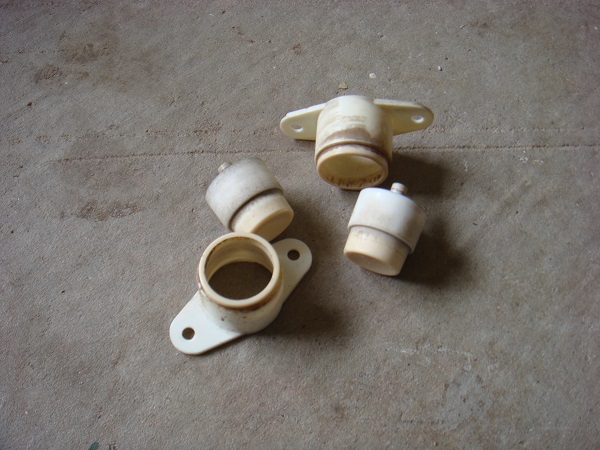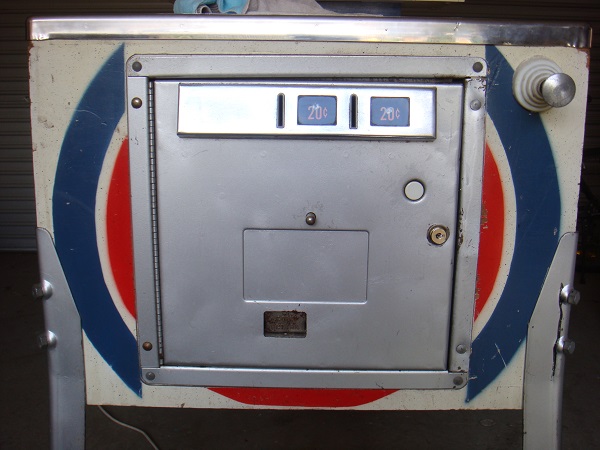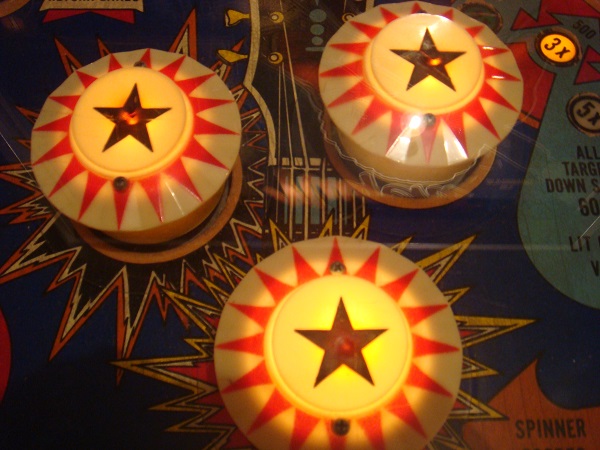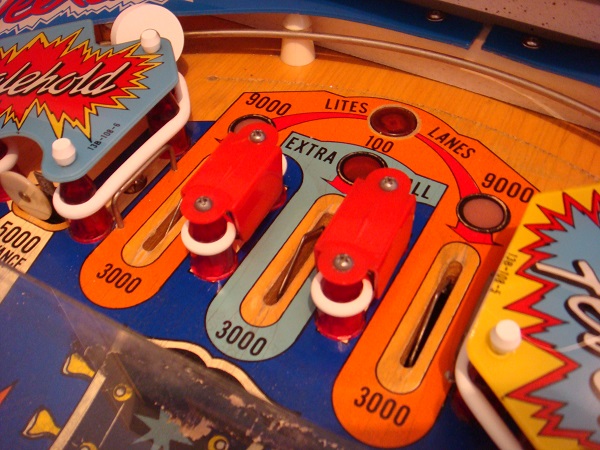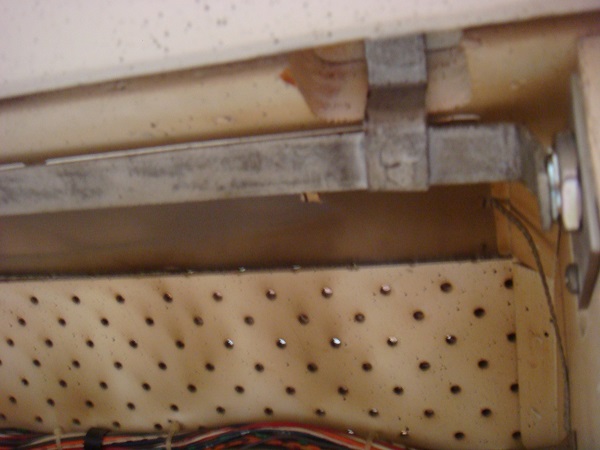I just have to keep tinkering with my Nugent. Since it’s my first pinball machine and my knowledge on pinball is small, I enjoy getting under the hood and making changes. I’ve started with a number of simple things like changing the bulbs and rubbers but want to start focusing on a few other areas of the game play. I’ve purchased a flipper rebuild kit, which I plan to use shortly. Before that though, I decided I’d change the flipper buttons and shooter/plunger.
The old buttons has faded in colour and were quite dirty. They are cheap to replace, so wanted to do it.

